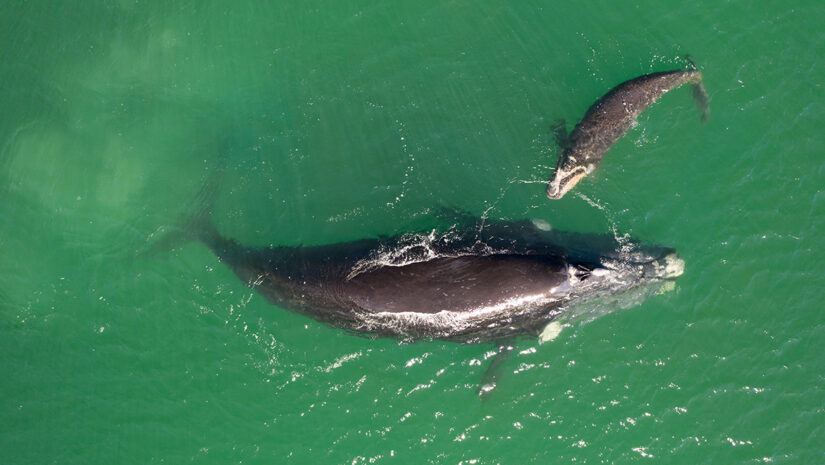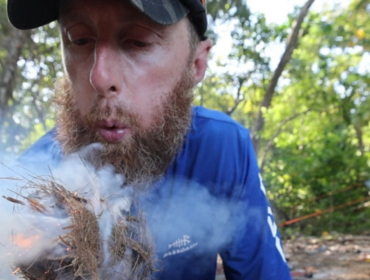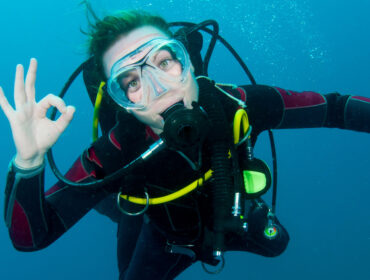Ocean lovers on the central Florida coast were treated to a surprising sight earlier this month. A pair of Atlantic right whales, a mother and baby, decided to detour into the waters of Sebastian Inlet. Located on Florida’s east coast between Daytona Beach and West Palm Beach, Sebastian Inlet is home to many seabirds and other creatures. Pelicans, sandpipers, dolphins, sharks, and manatees are familiar sights in the area, but whales are rare. The inlet allows access from the ocean to the Indian River, which runs parallel to the coast between the Florida peninsula and its barrier islands.
An endangered whale species, fewer than 500 of this variety, are estimated to be alive in the wild. Right whales once had a lifespan of 50 to 70 years. Unfortunately, it has dwindled to only 15 years, with ship strikes and net entanglements being the main culprits in shortening their lives. While they can be found from Newfoundland to Florida, the Icelandic and northern European populations are considered extinct.
As a baleen species, right whales eat plankton. They spend much of their lives in the cooler northern Atlantic, but females migrate south to the waters off Georgia and Florida to give birth each year. Calves are 10 to 15 feet long and weigh as much as 1.5 tons.
Atlantic Right whales are related to the North Pacific right whale, of which only about 100 remain—the Southern right, which populates the frigid waters of the Southern Ocean. There are about 8,000 Southern right whales in existence today. While all right whales are protected by international law, they are still hunted. Large and slow-moving, they are an easy target for illegal hunting, as well as frequent victims of collision with seagoing freighters.
Details of the right whales swimming
Watch here for a video of these beautiful creatures peacefully making their way through the inlet, oblivious to the hundreds of onlookers who rushed to the spot for a once-in-a-lifetime glimpse of mother and baby. Biologists dub The mother whale “Clipper” because she is missing a part of her tail. Spoiler alert: Clipper and her calf safely returned to the open waters of the Atlantic to begin their migration back north.
Video of Right Whale Sebastian Inlet by Stephanie Schoolfield on Vimeo





